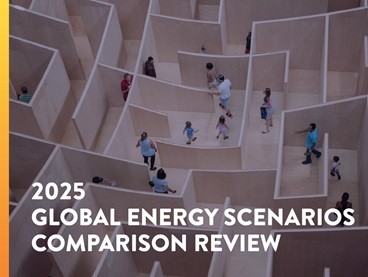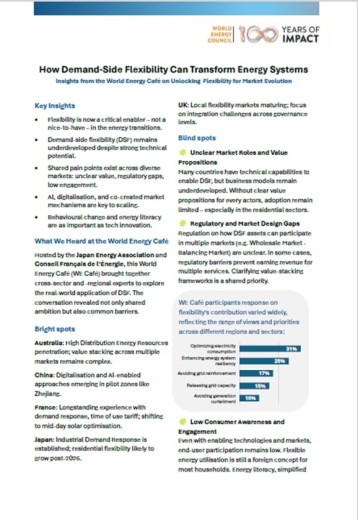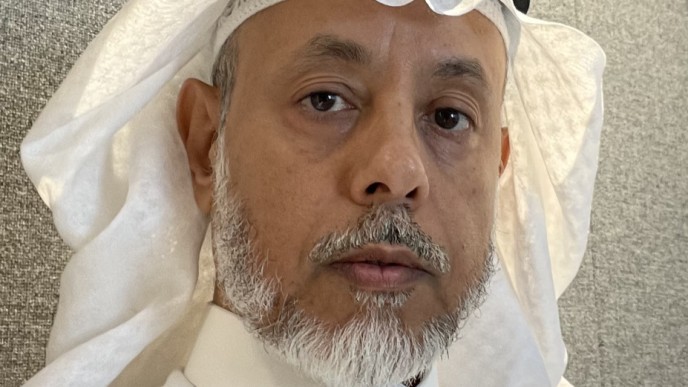Since 2005, hydropower has seen a resurgence due to better management and understanding of what technology can provide. It offers power and energy storage as well as the additional benefits of freshwater management, including flood protection and drought management. With changing climates, the ability to store water and provide clean energy is key to developing economies in regions where new hydropower development has a major role to play.
The Report notes the change in approach to hydropower from the World Bank, private investors and NGOs such as the World Wildlife Fund and The Nature Conservancy who are now supporting hydropower schemes. However, the Report says that there is much more that can be done to help developing countries.
Christoph Frei, Secretary General of the World Energy Council, said:
The Report predicts that the regions where there is the highest potential for rapid growth are in China, India, Brazil and Southeast Asia. The schemes will be largely storage hydropower where water can be stored in reservoirs for additional purposes and run-of-river hydropower plants. These plants already exist in the Amazon basin, the Himalayas region and the Mekong and Irrawaddy river systems.
Speaking at the World Hydropower Congress, Marie-José Nadeau, Chair of the World Energy Council said: “Hydropower consumes very little water compared with other energy resources. As the world moves to cleaner energy resources and water becomes an increasingly valuable commodity in many regions, it will influence the choice of energy options. Governments must take a leading role in addressing the vicious cycle of rising water and energy demands – the ‘energy-water nexus’.”
The Report gives examples of high users of hydropower which are China, who utilises 41% of its hydropower resources (worth up to 1.3million GWh per year) and India who utilises 21% of its hydropower resources (worth up to 0.5million GWh per year). Russia, which has the world’s largest resource of hydropower energy (worth up to 1.5million GWh per year) only utilises 10% of its resource. Another example of the high potential for the use of hydropower energy is in Indonesia which has the sixth largest hydropower resource in the world (worth up to 0.39 million GWh per year), yet only utilises 3% of its energy resources.
As the world increasingly turns to renewable energy, and if border tariffs come down, then hydropower utilisation will increase, not just to provide domestic energy, but also as an export revenue generator. Current examples of countries supplying its surplus energy to bordering countries include Canada to the United States and Norway to Denmark.
The Report was welcomed by Richard Taylor, Chief Executive of the International Hydropower Association, who said:
Hydropower’s flexibility of supply and ability to store energy until it is needed makes it an ideal partner to help other renewables optimise their contribution. In addition, hydropower can also regulate river flows to manage floods or to mitigate drought periods – adding value to both our energy and water systems.
Click here to access the full report and key infographics.
Notes to Editors
The World Energy Council 2015 Report ‘Charting The Upsurge In Hydropower Development’ covers technology and markets, the role of governments, sustainability and the future and includes contributions from:
-
Brookfield Renewable Energy Group
-
Electricity Control Board
-
Enel Green Power
-
Energy Commission of Nigeria
-
Hydro-Québec
-
International Hydropower Association
-
Lund University
-
Norwegian University of Science and Technology
-
RWE







